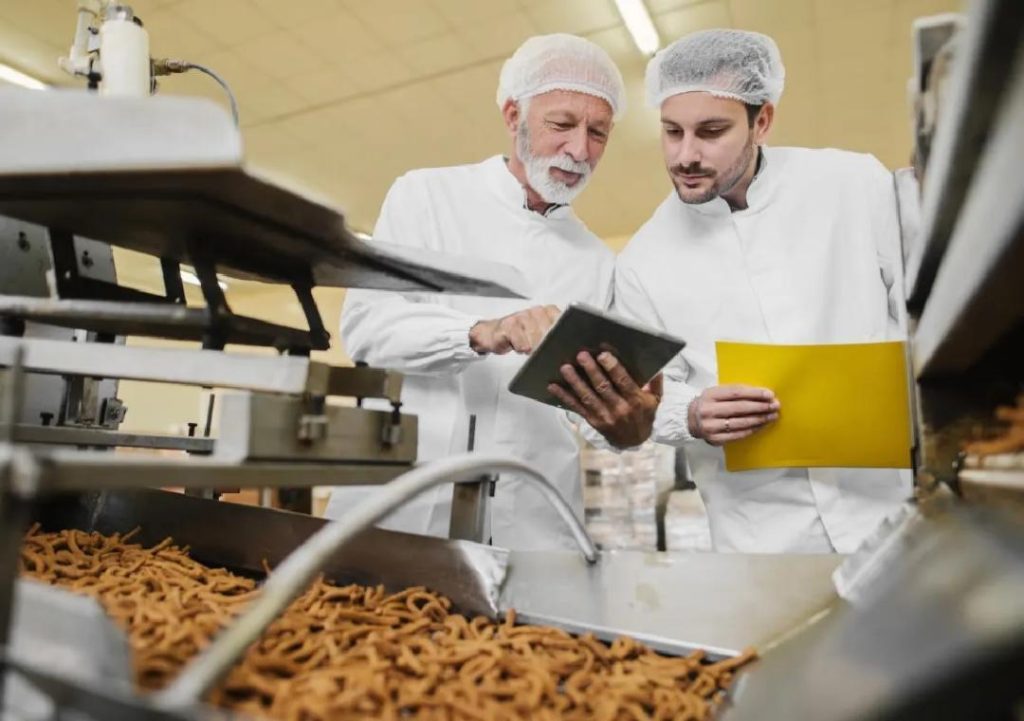
Can P&L Optimisation Redefine Success in Food Technology?
The food technology industry is undergoing a transformation, driven by the need for greater efficiency, sustainability, and profitability. With the rise of e-commerce, changing consumer preferences, and increasing competition, food technology companies are under pressure to optimise their profit and loss (P&L) operations to stay ahead of the curve. In this blog post, we’ll explore how P&L optimisation can redefine success in food technology and uncover the strategies that companies are using to achieve sustainable growth and improved profitability.
The Importance of P&L Optimisation in Food Technology
P&L optimisation is essential in any industry, but it’s particularly crucial in food technology where margins are often thin and competition is fierce. By streamlining P&L operations, food technology companies can reduce waste, improve demand forecasting, and make better-informed decisions. This, in turn, can lead to increased profitability, improved customer satisfaction, and a competitive edge in the market.
Automation and Smart Inventory Systems
One of the key strategies being adopted by food technology companies to optimise their P&L operations is the use of automation and smart inventory systems. These tools enable companies to streamline their supply chain, reduce inventory levels, and improve forecasting accuracy. For example, some companies are using artificial intelligence (AI) and machine learning (ML) algorithms to predict demand and adjust production levels accordingly. Others are leveraging data analytics to identify trends and patterns in consumer behavior, allowing them to make more informed decisions about product development and marketing.
Data Analytics
Data analytics is another critical component of P&L optimisation in food technology. By collecting and analysing large volumes of data, companies can gain valuable insights into consumer behavior, market trends, and operational performance. This data can be used to identify areas for improvement, optimise production processes, and make better-informed decisions about product development and marketing.
Scalable Models
Scalable models are also playing a key role in P&L optimisation in food technology. These models enable companies to grow their business quickly and efficiently, while maintaining profitability and control. For example, some companies are using cloud-based platforms to scale their operations, while others are leveraging partnerships and collaborations to expand their reach and capabilities.
Benefits of P&L Optimisation
So, what are the benefits of P&L optimisation in food technology? By streamlining their P&L operations, companies can:
- Reduce waste and improve efficiency
- Improve demand forecasting and reduce inventory levels
- Make better-informed decisions about product development and marketing
- Boost profits and improve margins
- Ensure sustainable growth and competitiveness
Case Studies
To illustrate the benefits of P&L optimisation in food technology, let’s take a look at a few case studies. For example, a leading food manufacturer in Europe used data analytics to identify trends in consumer behavior and adjust their production levels accordingly. As a result, they were able to reduce waste by 20% and improve their margins by 15%.
Another company in the United States used automation and smart inventory systems to streamline their supply chain and reduce inventory levels. As a result, they were able to reduce their costs by 10% and improve their cash flow by 20%.
Conclusion
P&L optimisation is a critical component of success in food technology. By streamlining their P&L operations, companies can reduce waste, improve demand forecasting, and make better-informed decisions. Automation, smart inventory systems, and data analytics are all key strategies being adopted by food technology companies to achieve sustainable growth and improved profitability.
As the food technology industry continues to evolve, it’s likely that P&L optimisation will play an increasingly important role in driving success. By embracing these strategies, companies can stay ahead of the curve, improve their competitiveness, and achieve long-term success in this rapidly changing industry.
Source:
https://www.growthjockey.com/blogs/p-and-l-operations-in-food-tech






